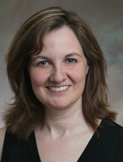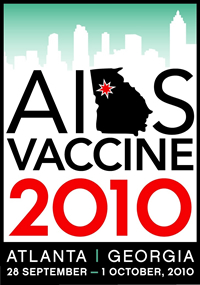Vitamin D may be called a vitamin, but it’s not. That’s because we can make it by exposing our skin to sunshine. So, technically that makes vitamin D a hormone–a steroid hormone to be exact. In fact, we get most of our exposure to vitamin D directly from sunshine and some from foods such as milk, fortified orange juice and oily fishes like salmon.
But no matter what you call it or where you get it, vitamin D is vital to growth, development and maintenance of our cells. Doctors have known for decades that vitamin D promotes calcium uptake and bone formation, but evidence is accumulating that it regulates the immune system and the development of the nervous system. Growing evidence suggests a link between low vitamin D levels and Parkinson’s disease, but whether this is a cause-and-effect relationship is unknown.
That’s why Emory neurologist Marian Evatt, MD, and her colleagues are conducting a clinical trial exploring the effects of vitamin D supplementation on patients with Parkinson’s disease who have low vitamin D levels. The study also includes further epidemiological studies of vitamin D in Parkinson’s disease.
Parkinson’s disease affects nerve cells in several parts of the brain, particularly those that use the chemical messenger dopamine to control movement. The most common symptoms of Parkinson’s disease are tremor, stiffness and slowness of movement.
“Vitamin D has become associated with many chronic diseases: diabetes, hypertension, cardiovascular disease, and some of the autoimmune diseases, including multiple sclerosis,†says Evatt. “But we haven’t yet determined the specific effect of vitamin D in specific conditions because it has such broad effects.â€
To hear Evatt talk about what vitamin D is, what it does, and why we need it, please go to Emory’s latest Sound Science podcast.















